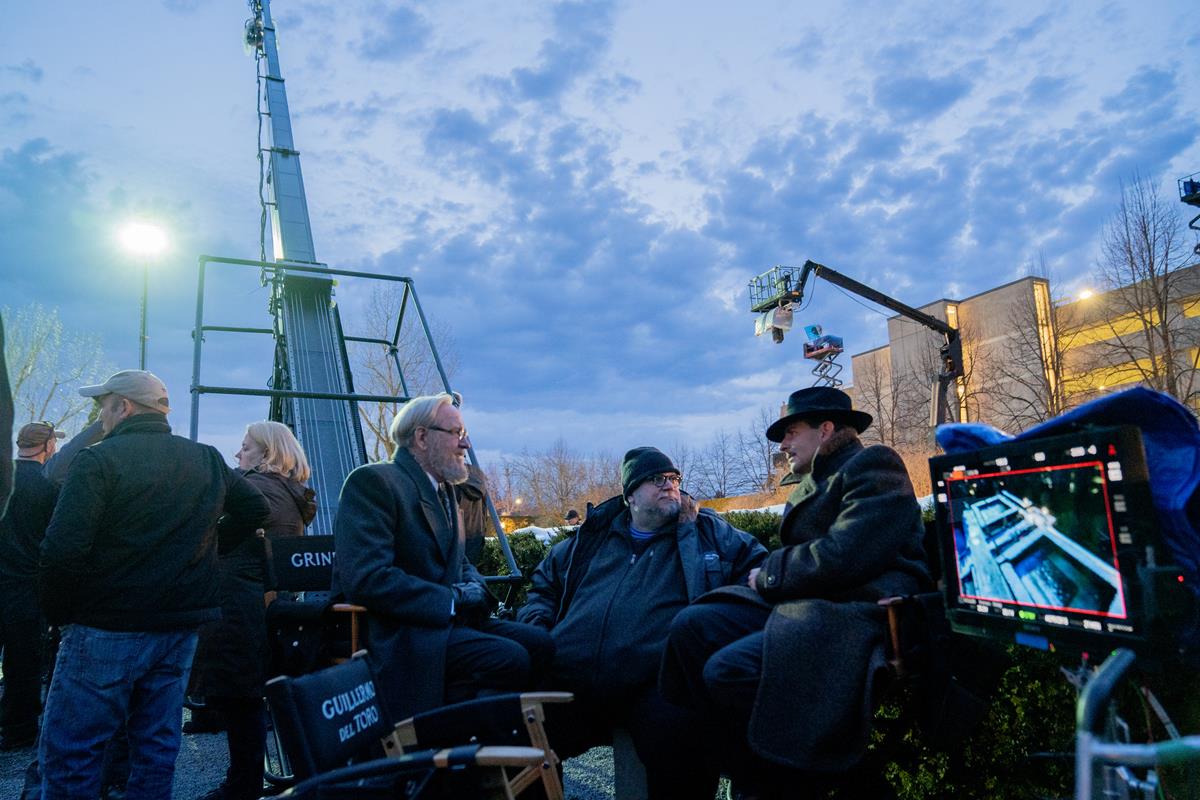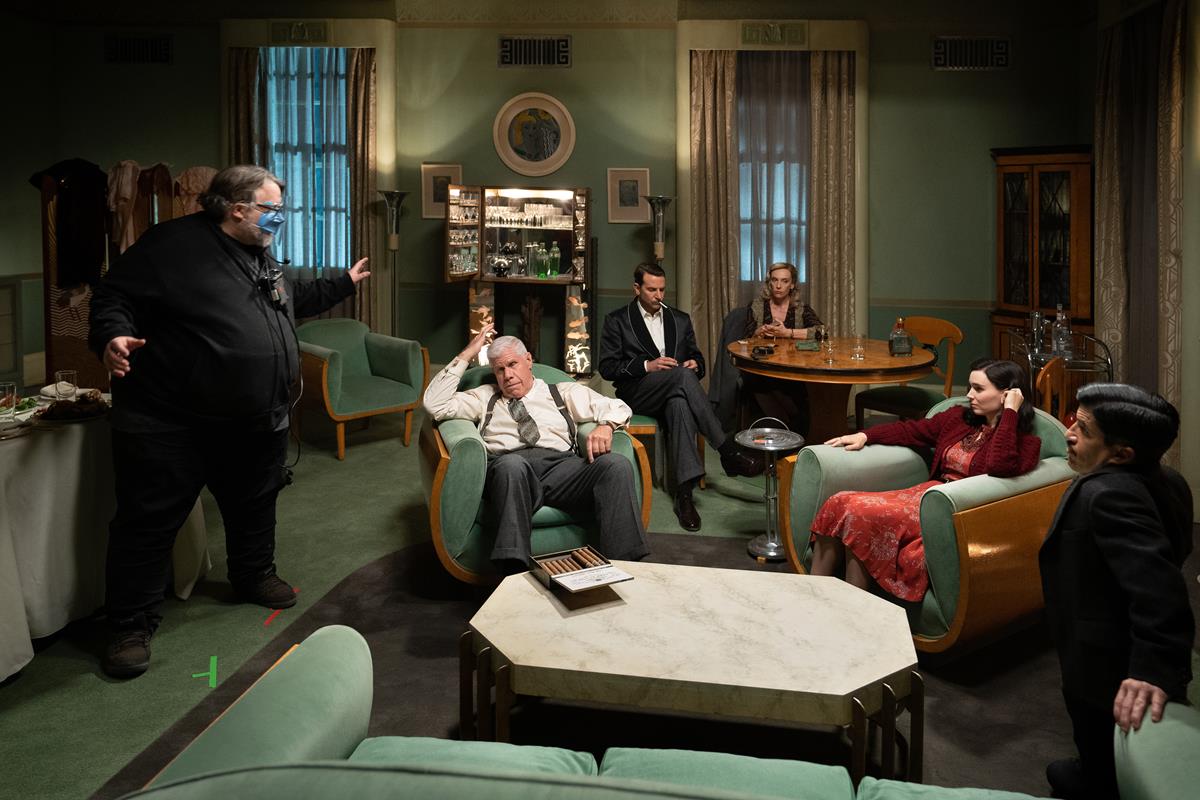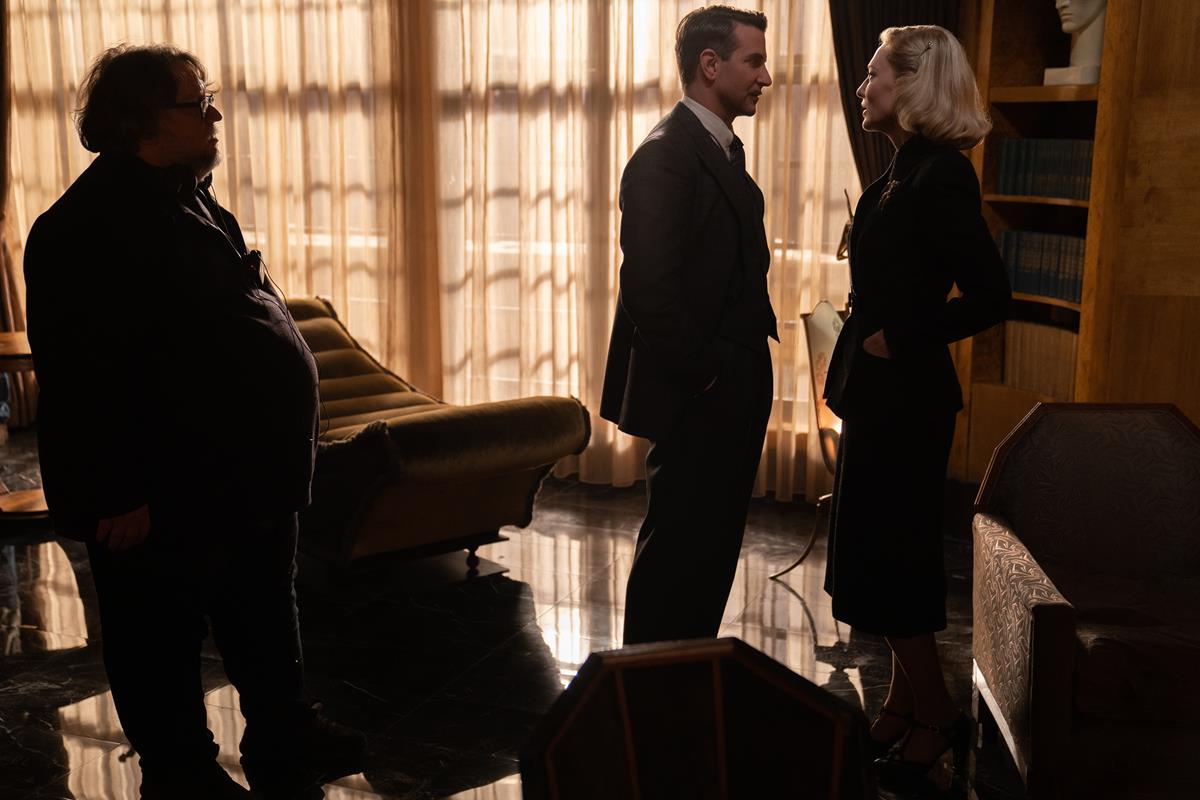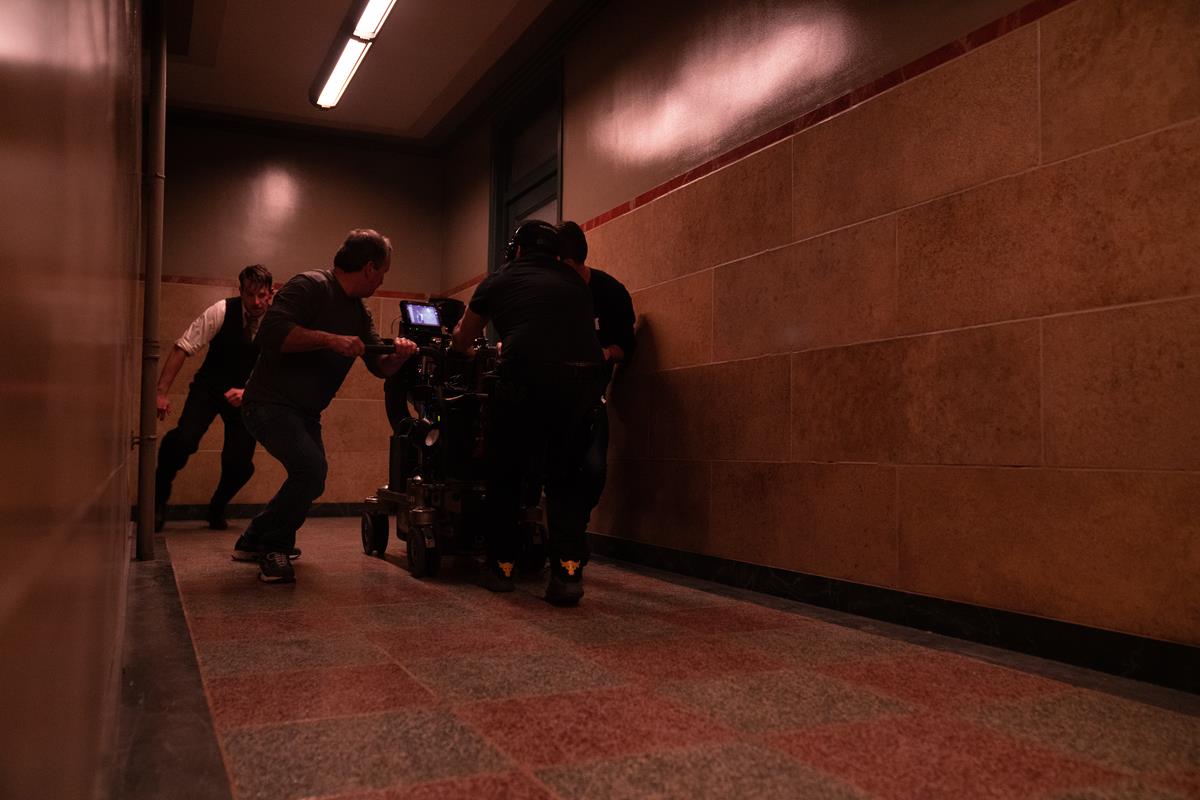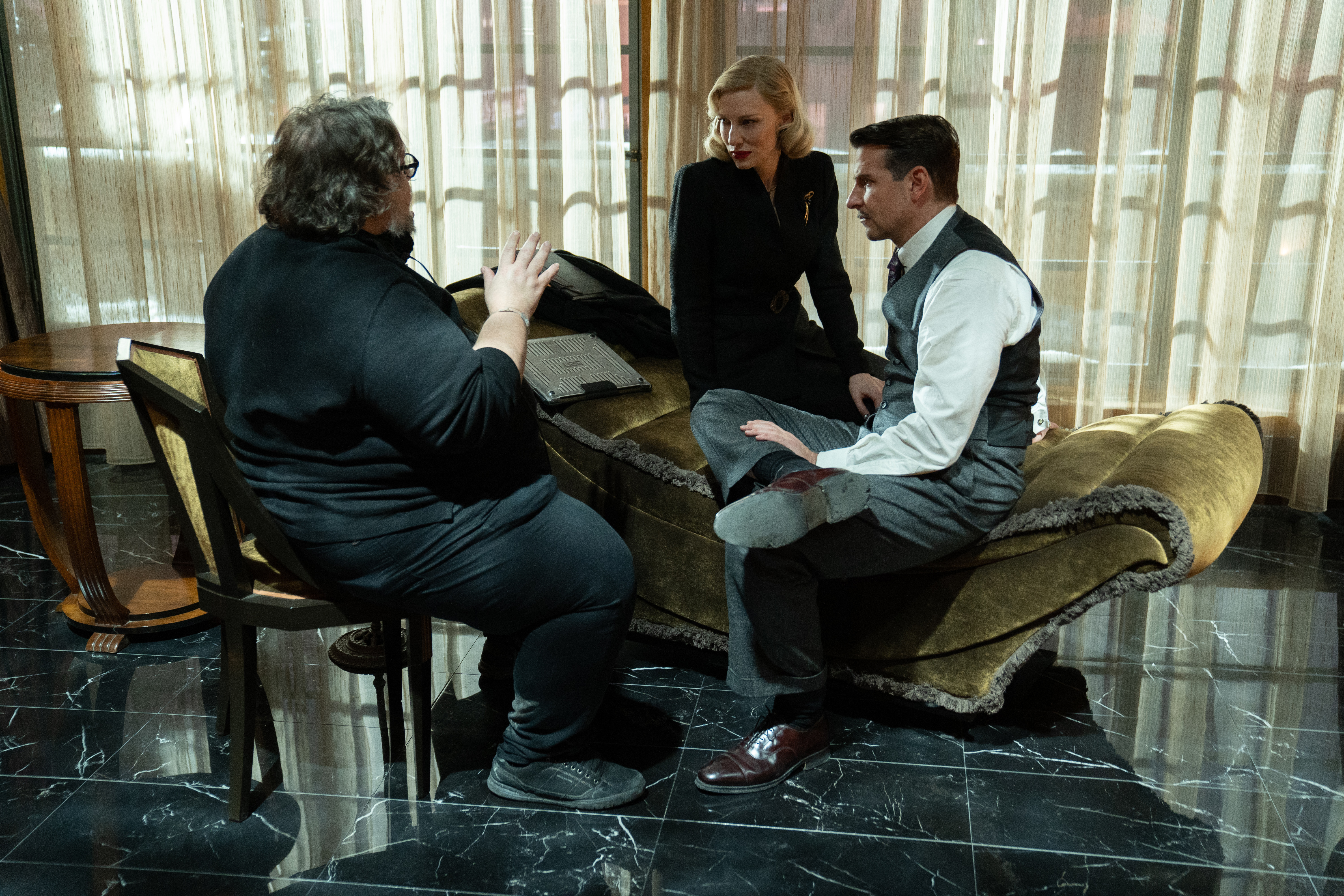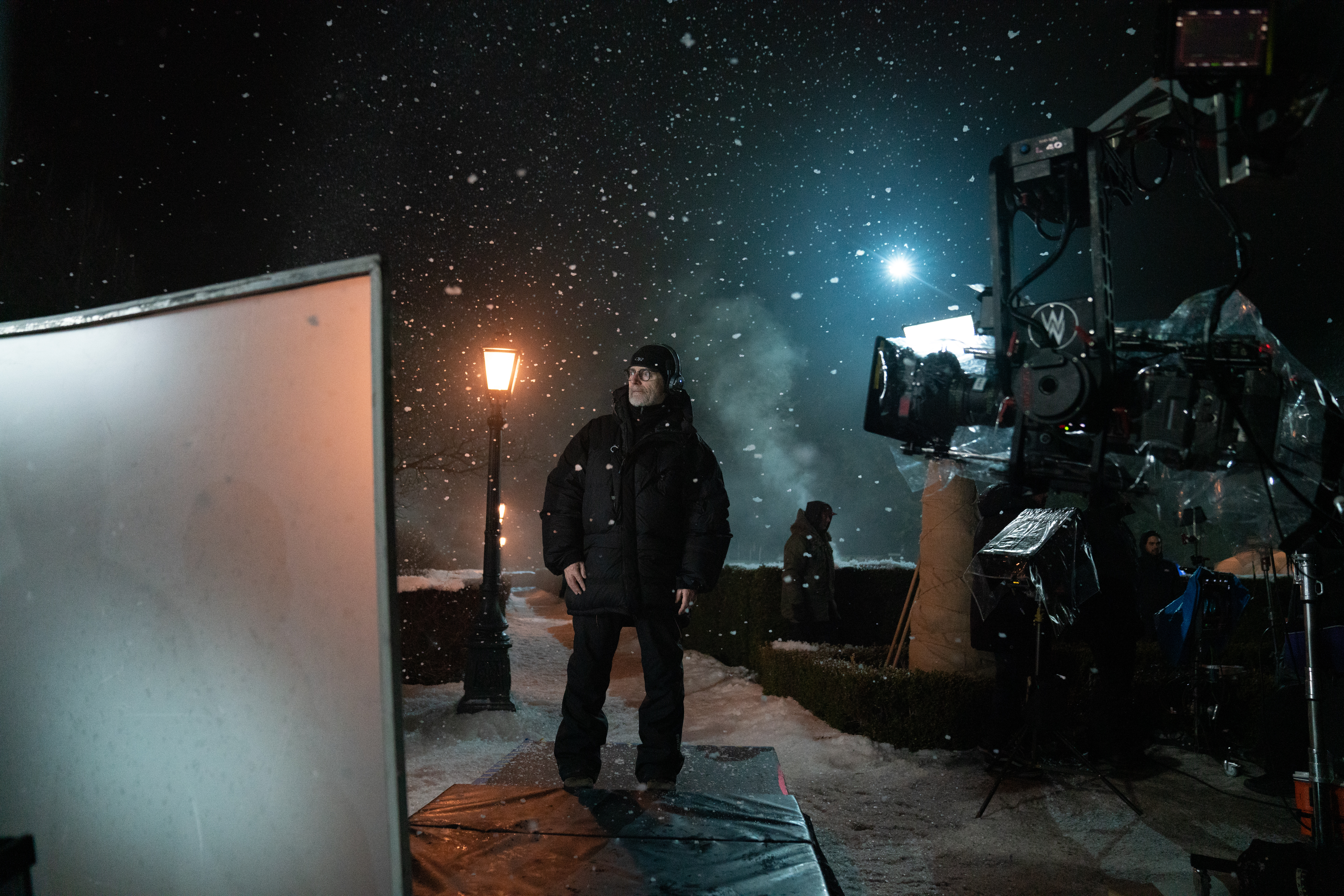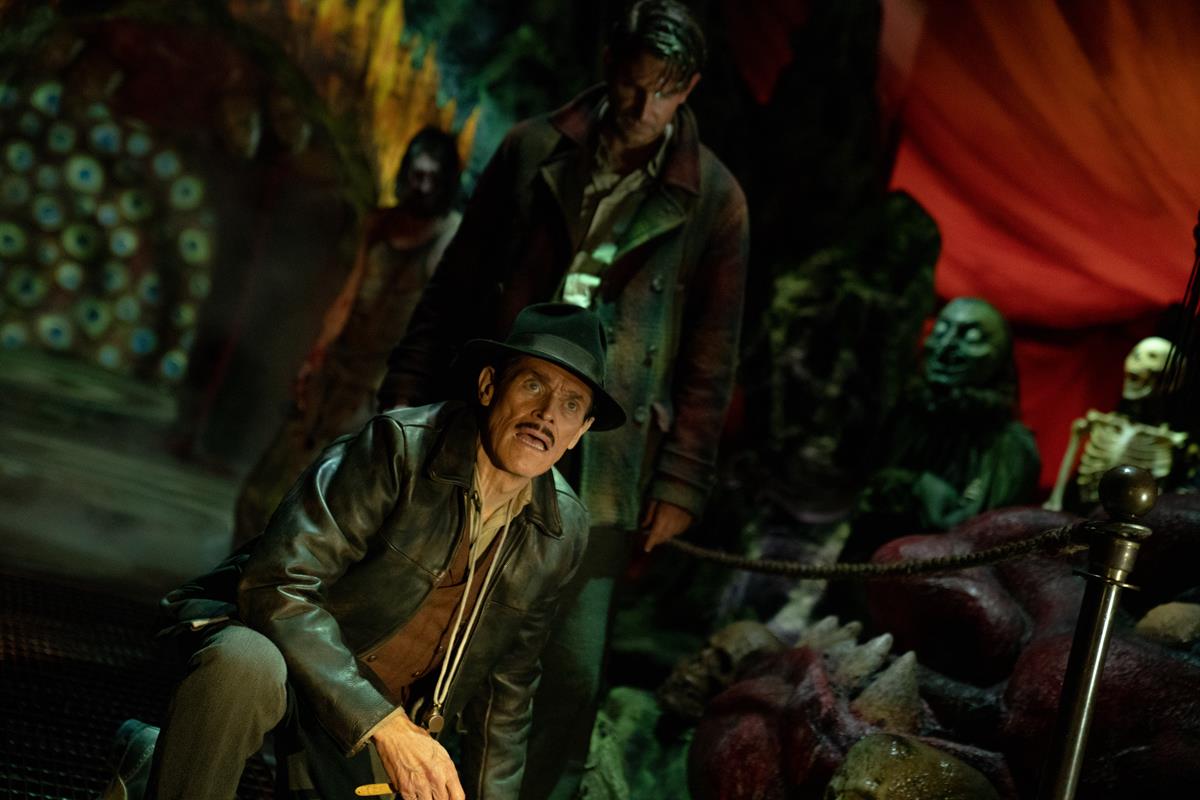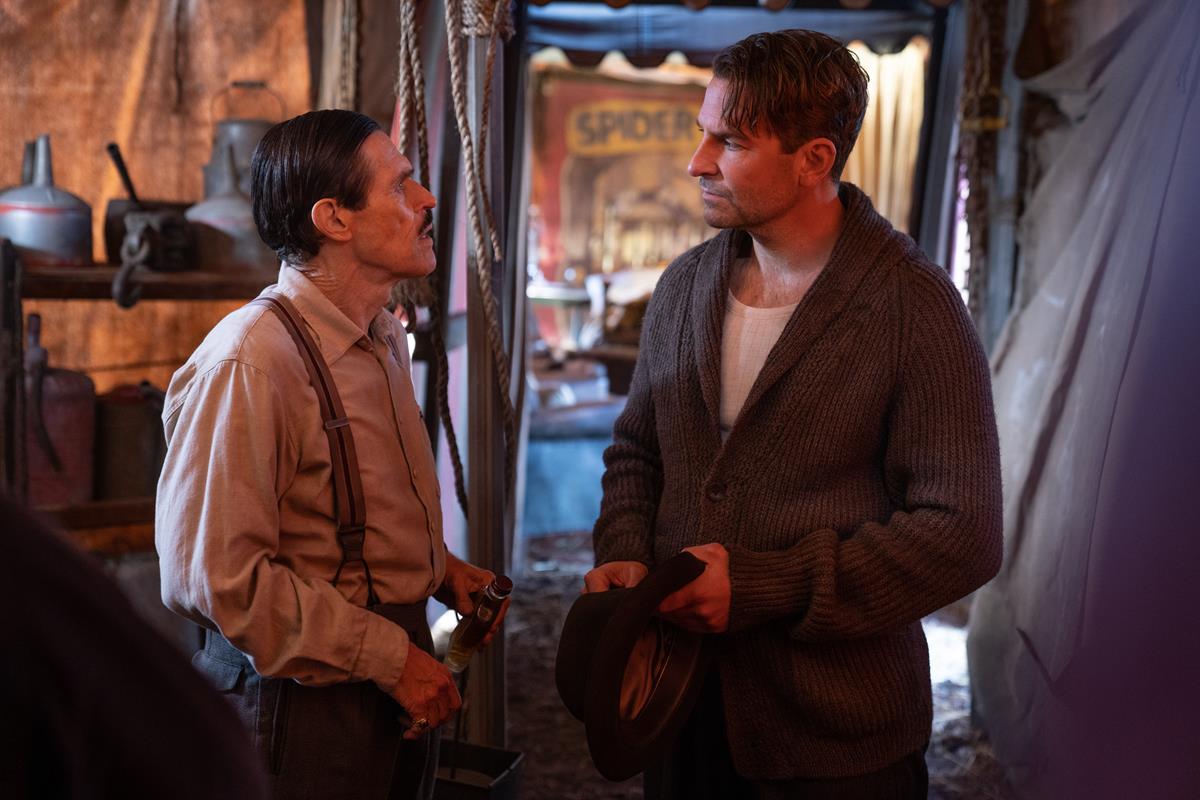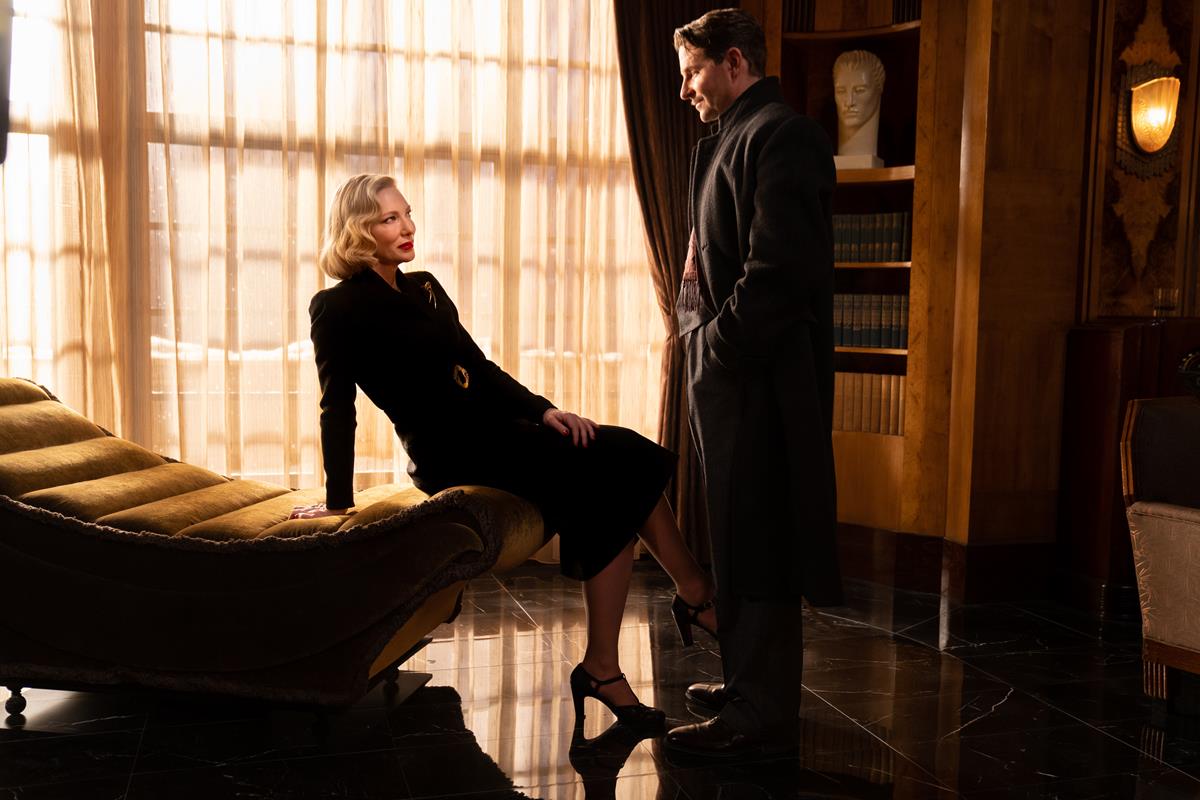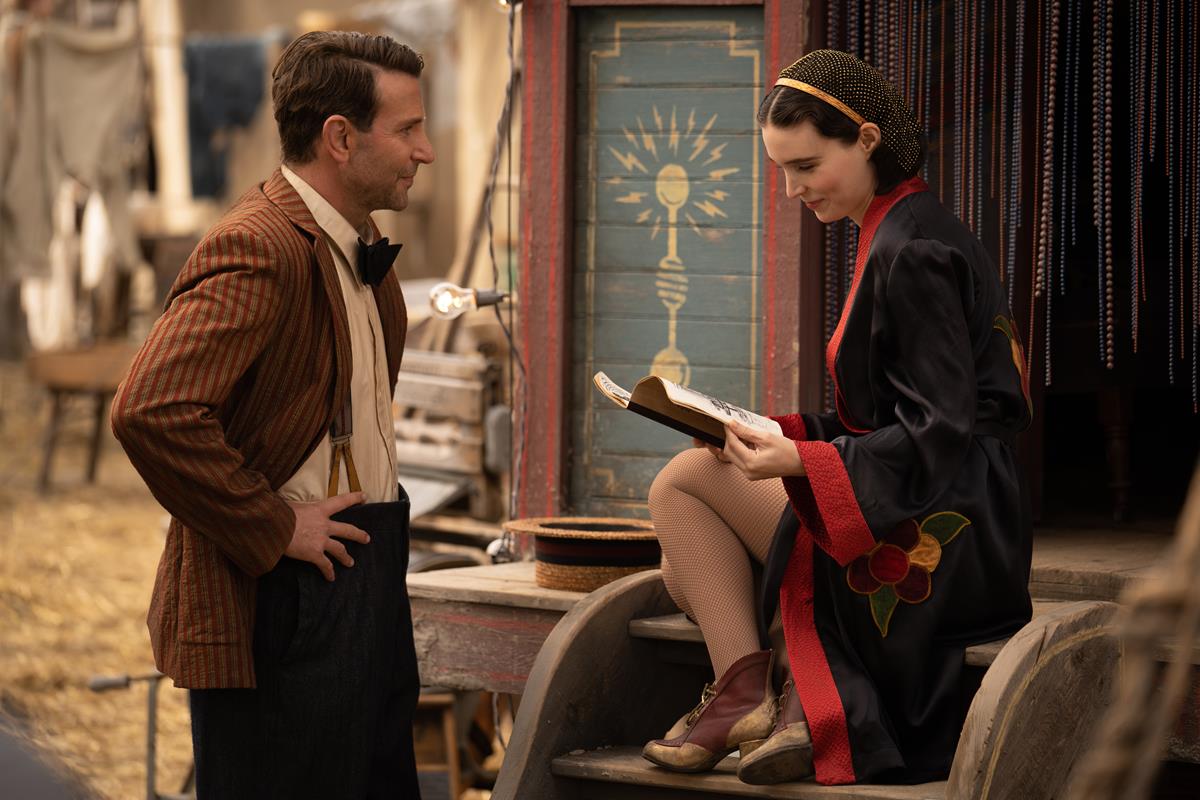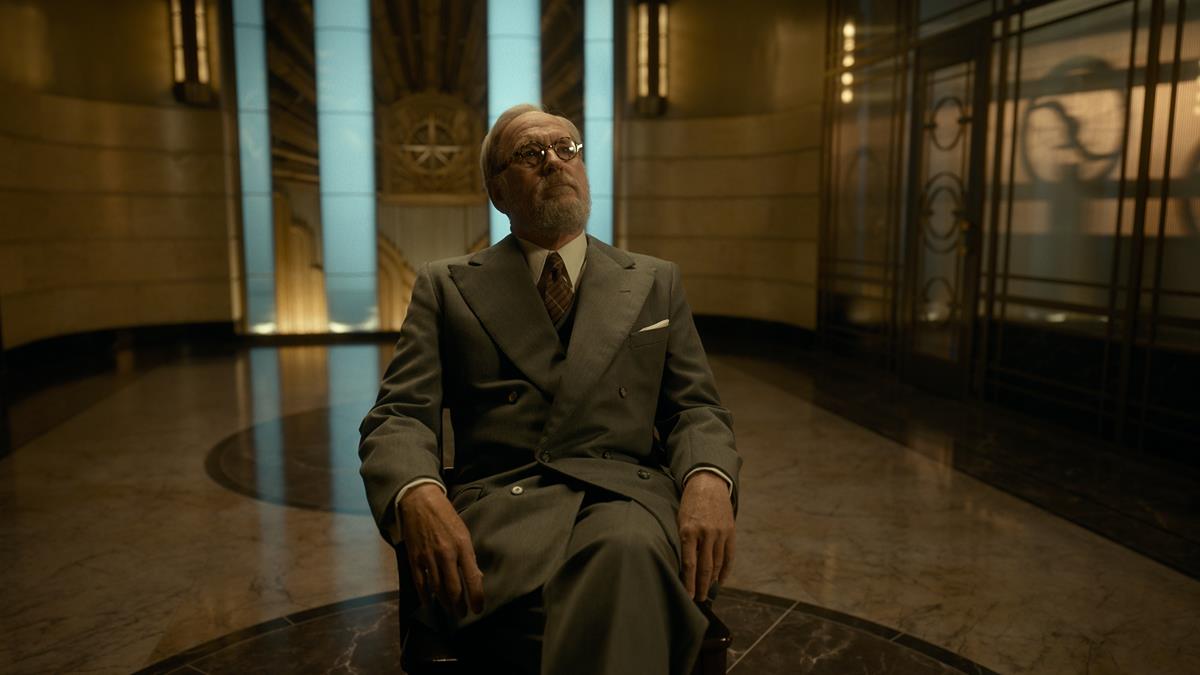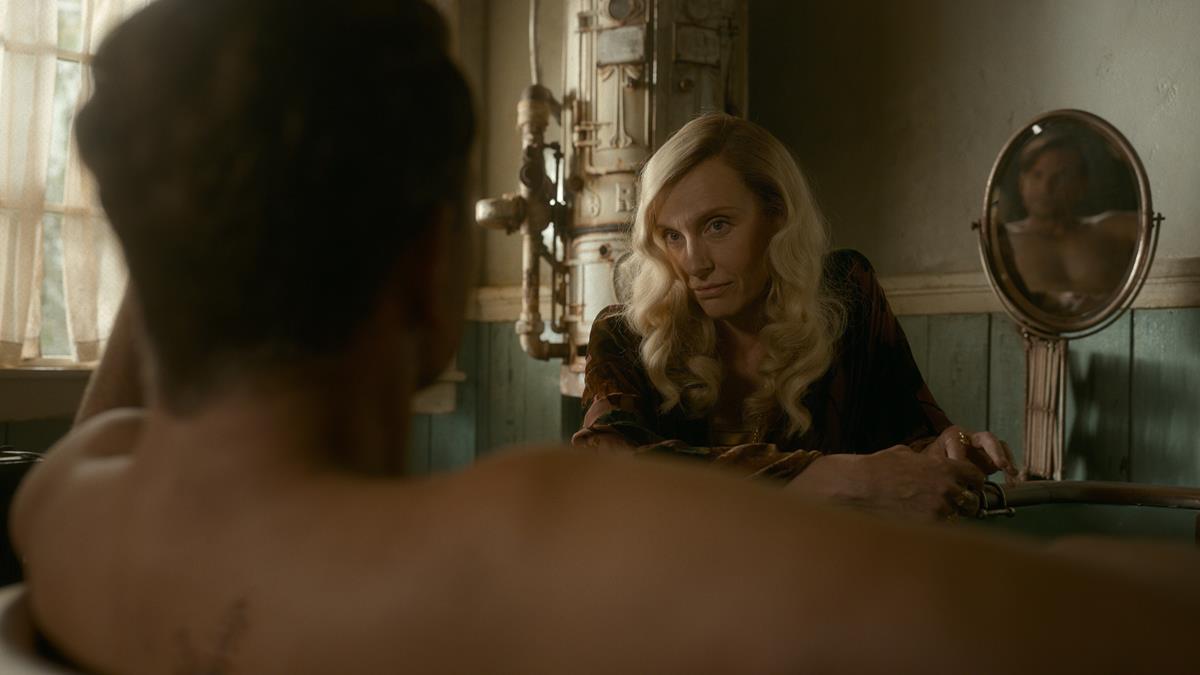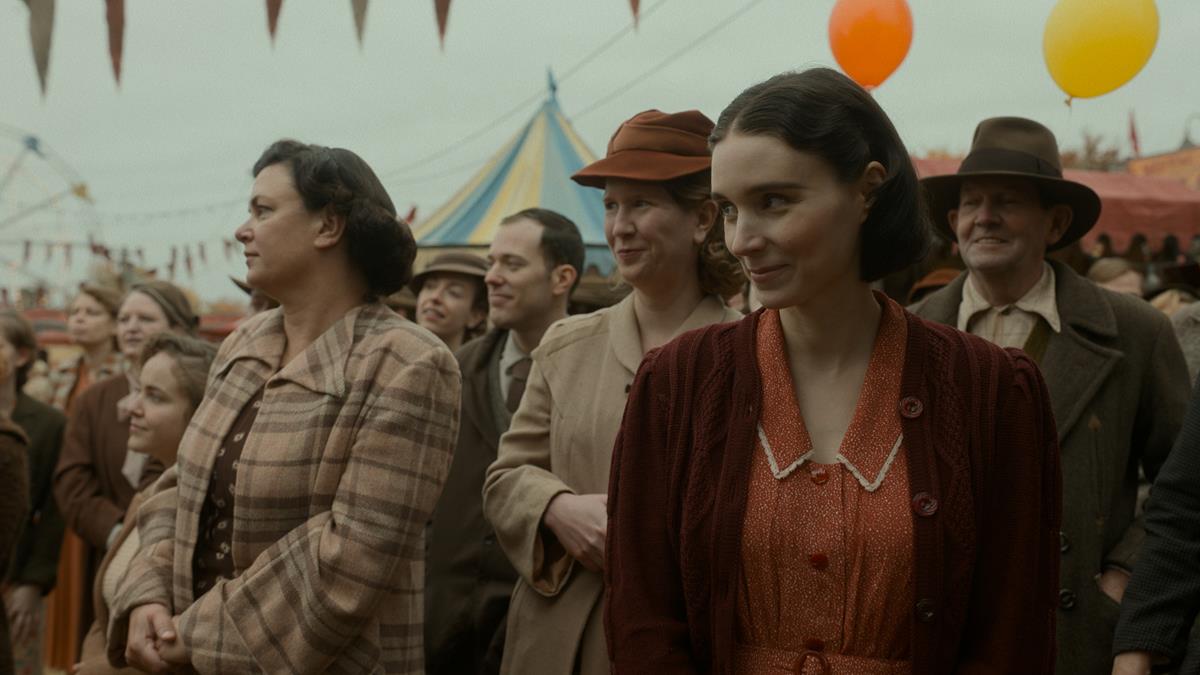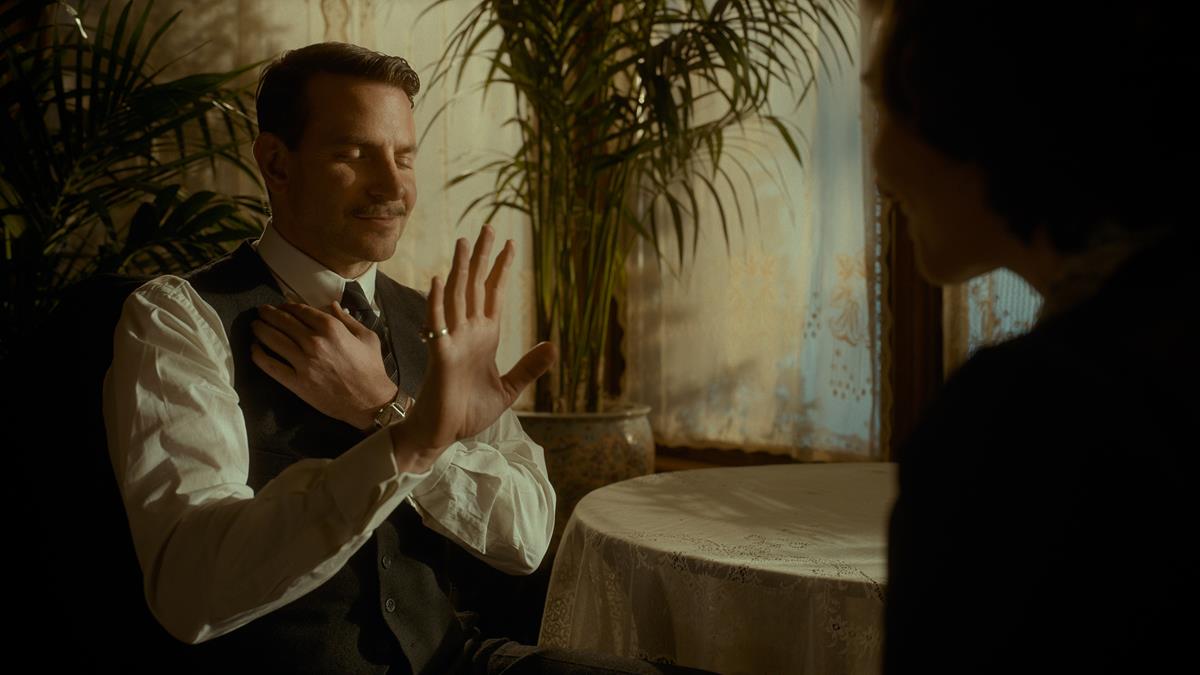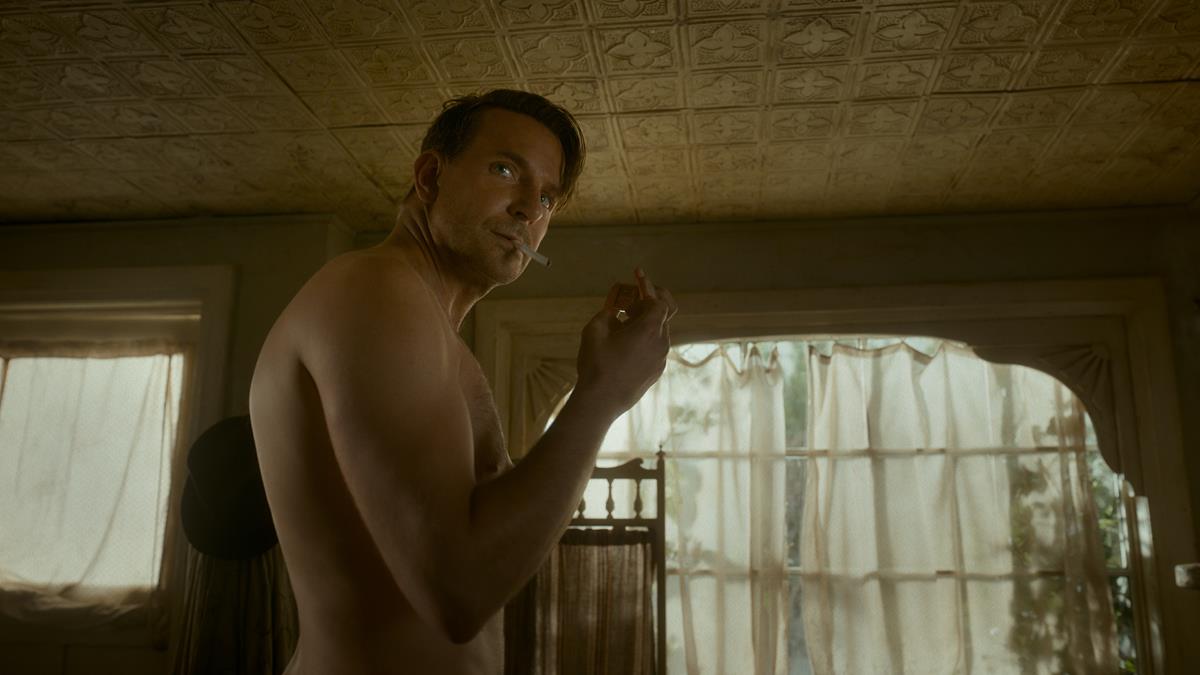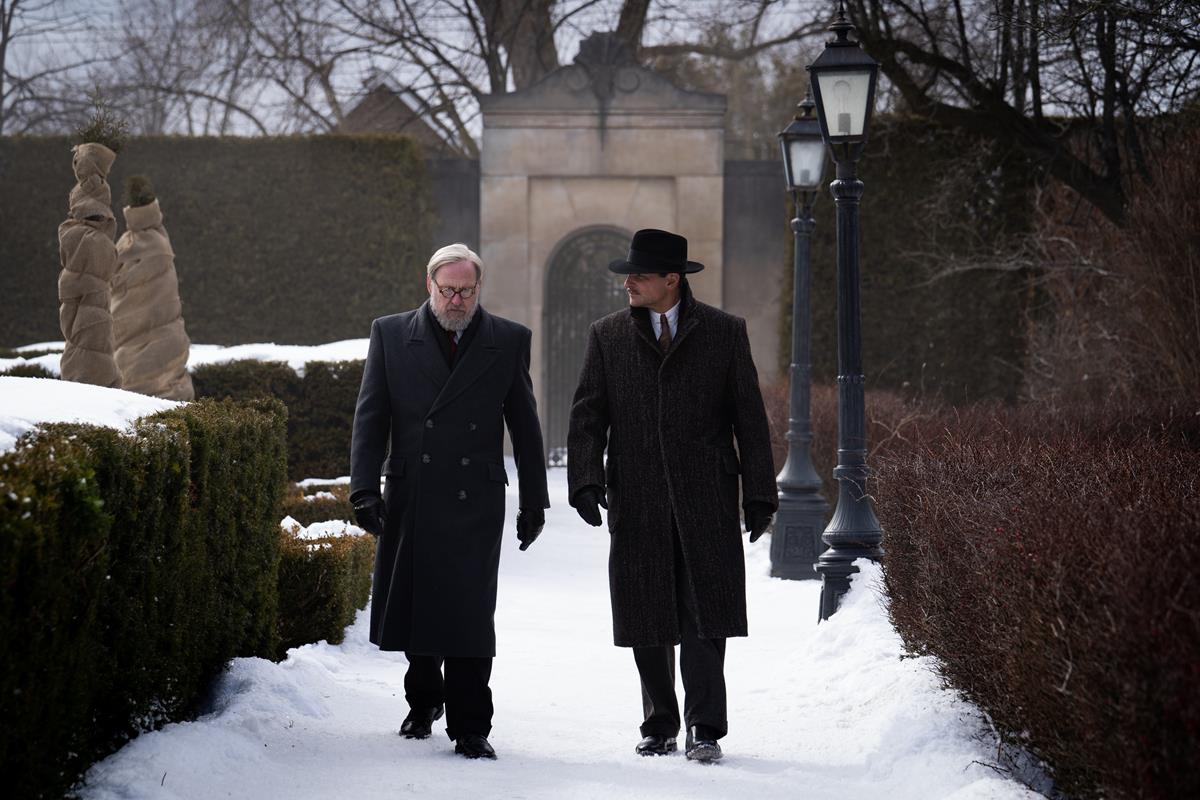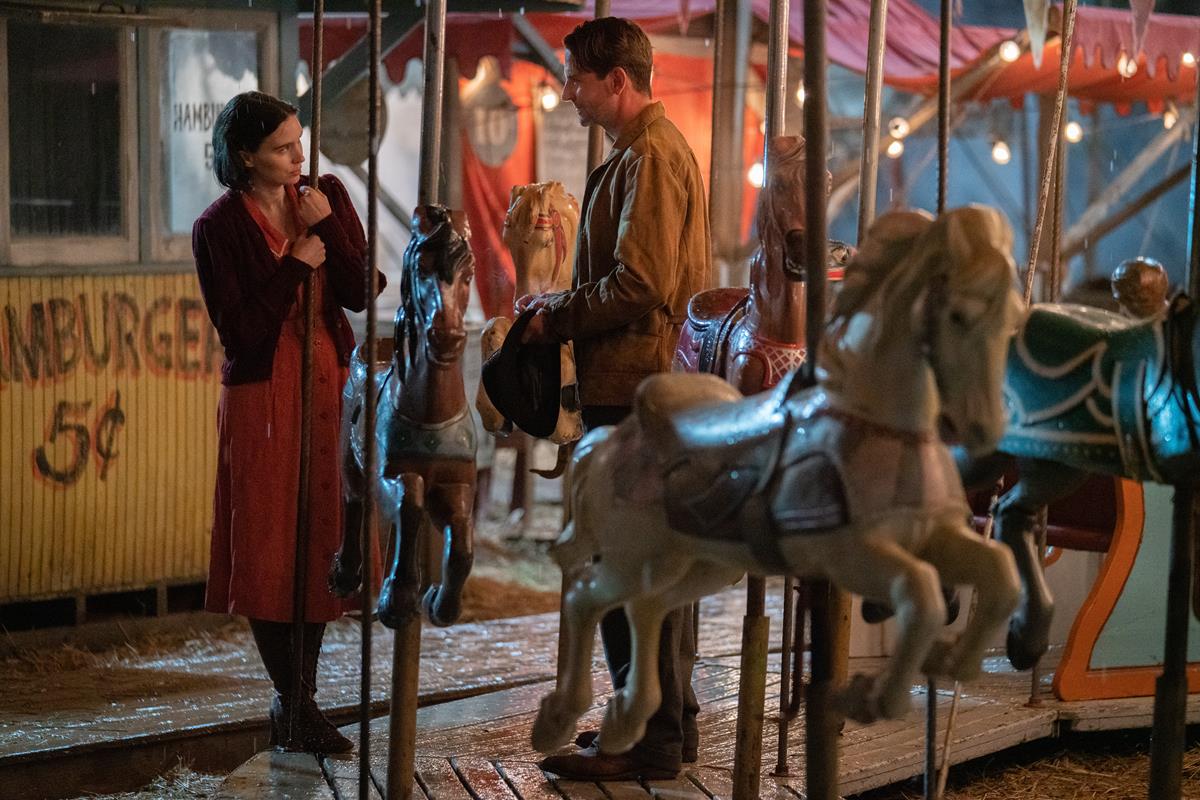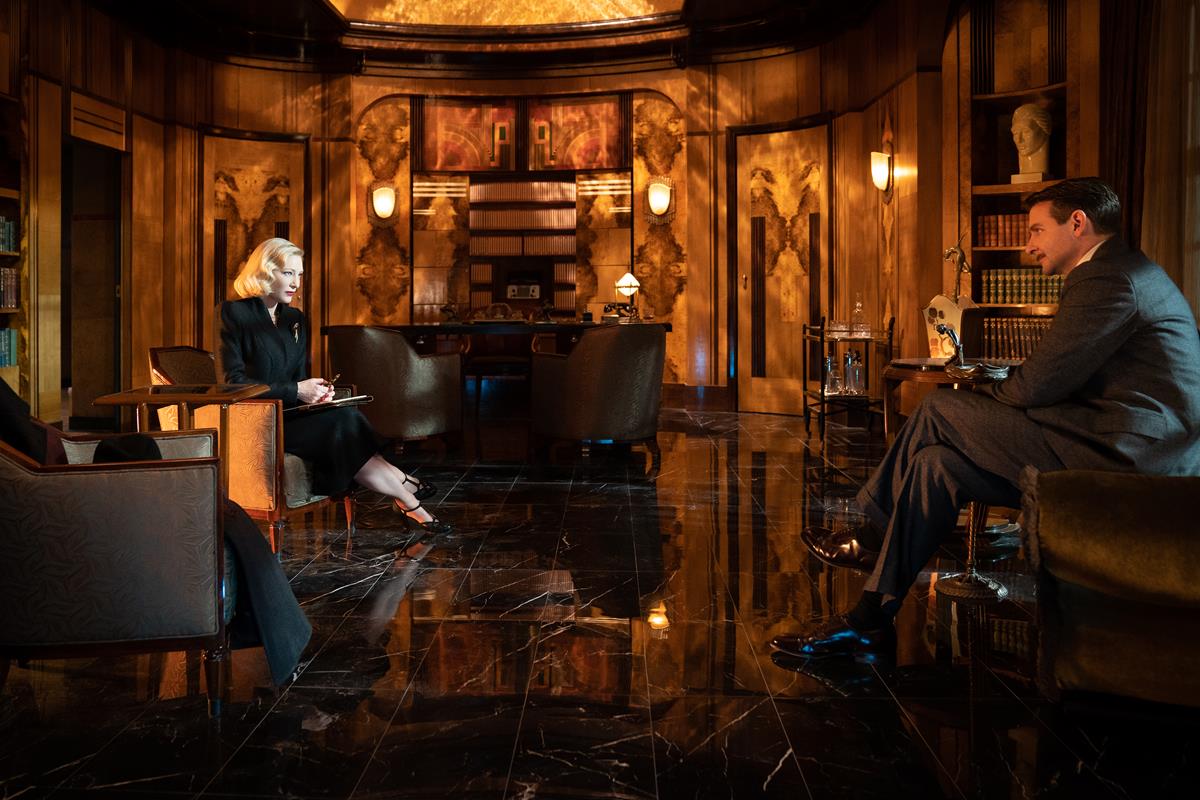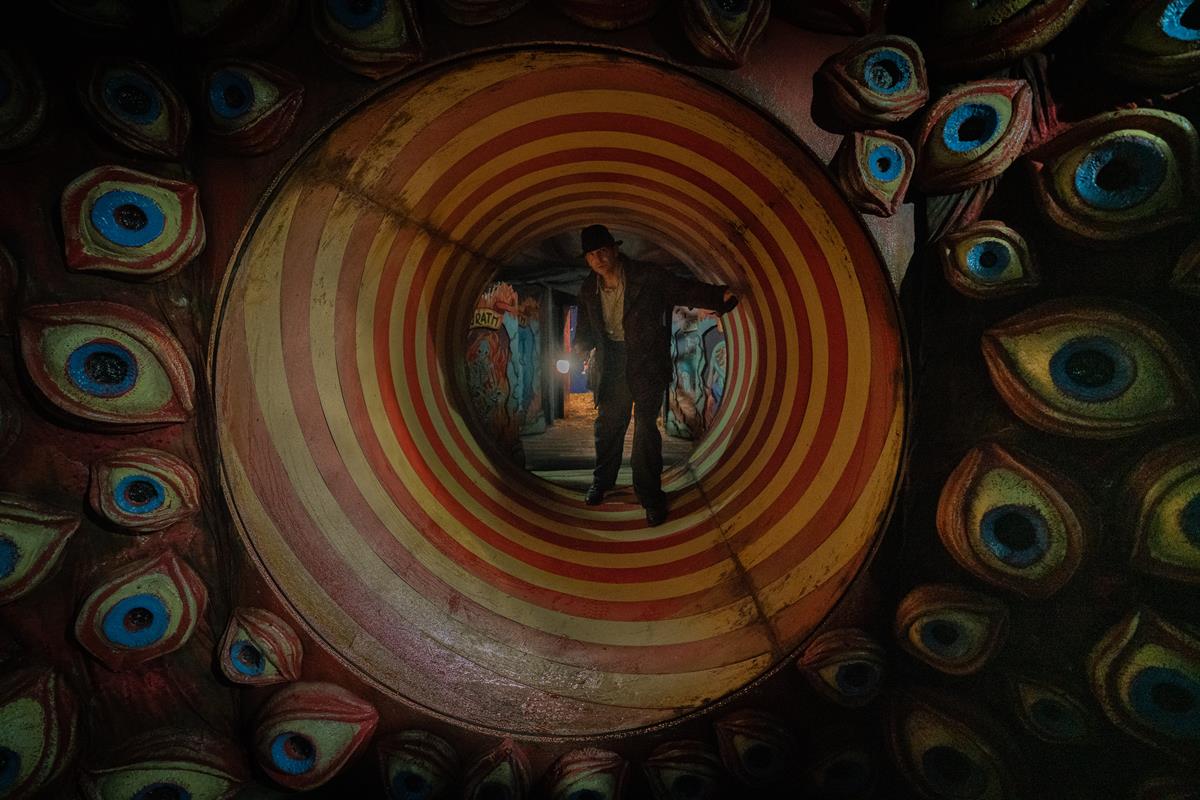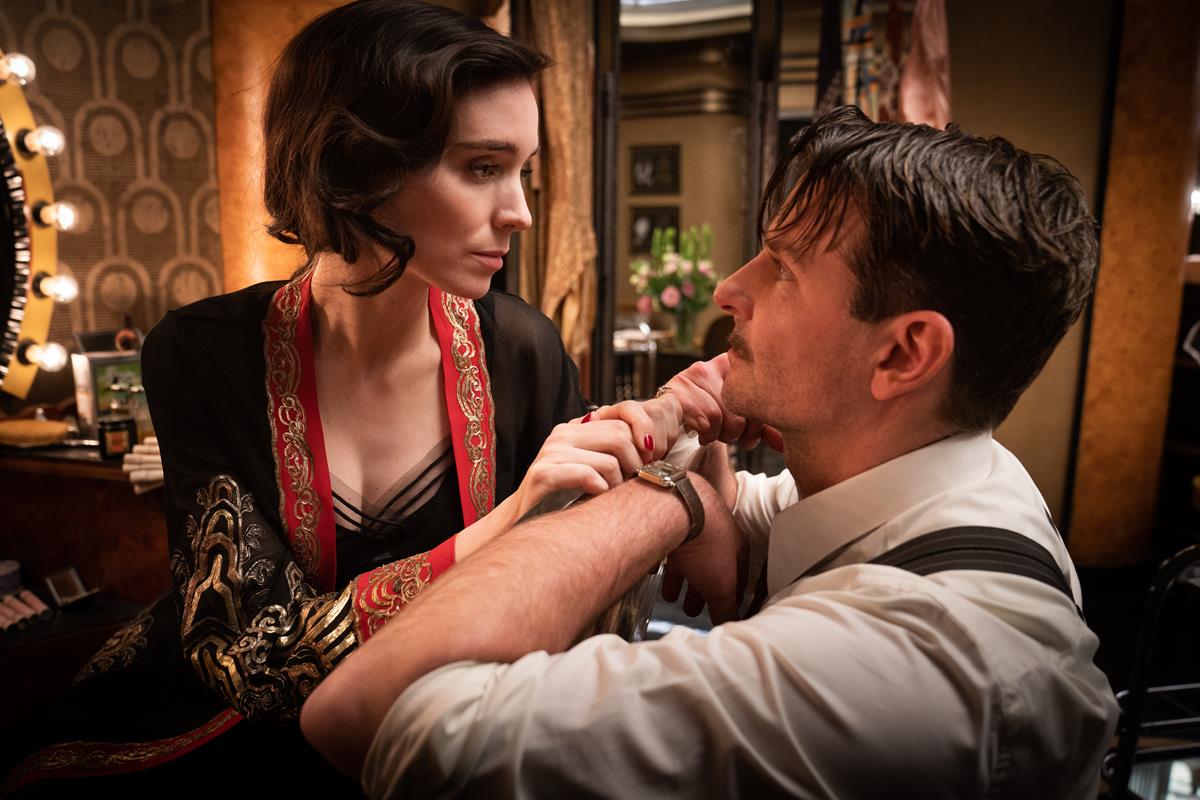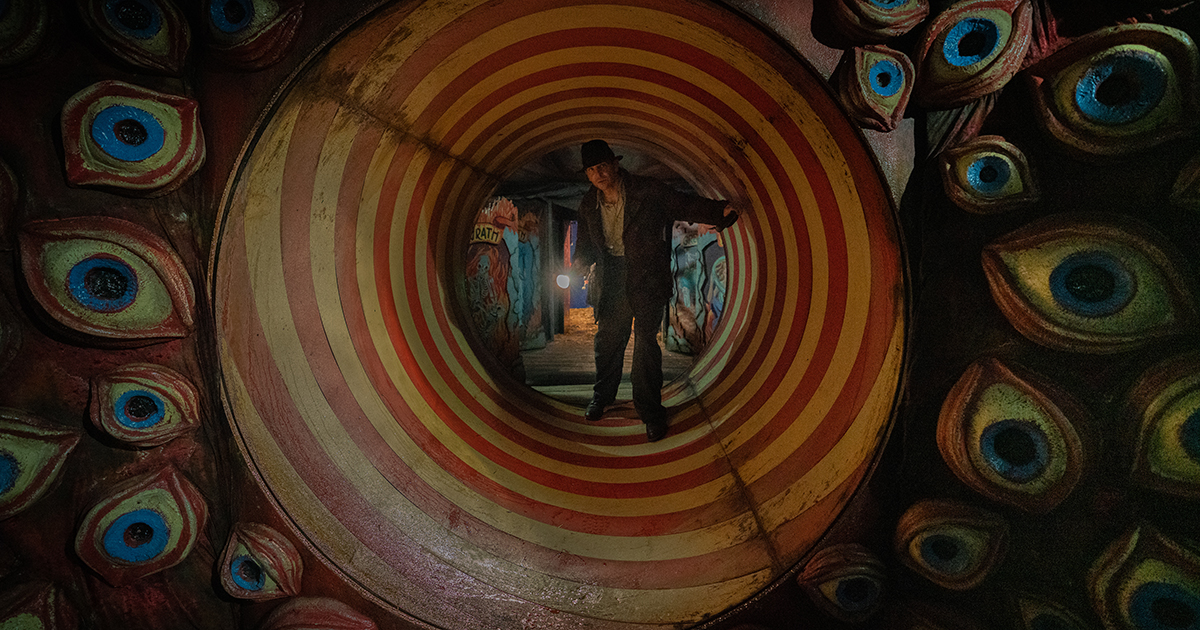
Kerry Hayes. © 2021 20th Century Studios
Twenty-four years ago, Guillermo del Toro and Danish cinematographer Dan Laustsen, ASC, DFF teamed up for the Oscar-winning director’s first American feature, Mimic. Since then, the two have collaborated on Crimson Peak, The Shape of Water and now noir crime drama Nightmare Alley.
Based on the 1946 novel of the same name, Nightmare Alley takes us to 1940s Buffalo, New York, where grifter Stan Carlisle (Bradley Cooper) finds himself in psychiatrist Dr. Lilith Ritter’s (Cate Blanchett) orbit, planning a big con.
Although first filmed in 1947, del Toro doesn’t consider his version a remake but more an accurate adaptation of William Lindsay Gresham’s pulp fiction — and of Gresham himself.
“The novel certainly presented aspects of psychosexual, mystery, magic, weirdness that were really interesting that were not tackled in the first version for many reasons,” the director explained to Uproxx. “Including the fact that there was censorship. It was done during the code. So they really circumvented a lot of stuff.”
Del Toro “very, very pointedly” says he also use Gresham’s biography as the basis for the script. “If you look at Gresham, you find out that he was a seeker, like The Fool, the Tarot card. And he was looking for truth in Catholicism, and psychoanalysis. He was a folk singer. He was in the Spanish Civil War. He became a communist. He was looking for the truth about himself, gets a lot of money and his life unravels rather fast.”
READ MORE: Guillermo del Toro On Why It Was So Hard To Get ‘Nightmare Alley’ Made (Uproxx)
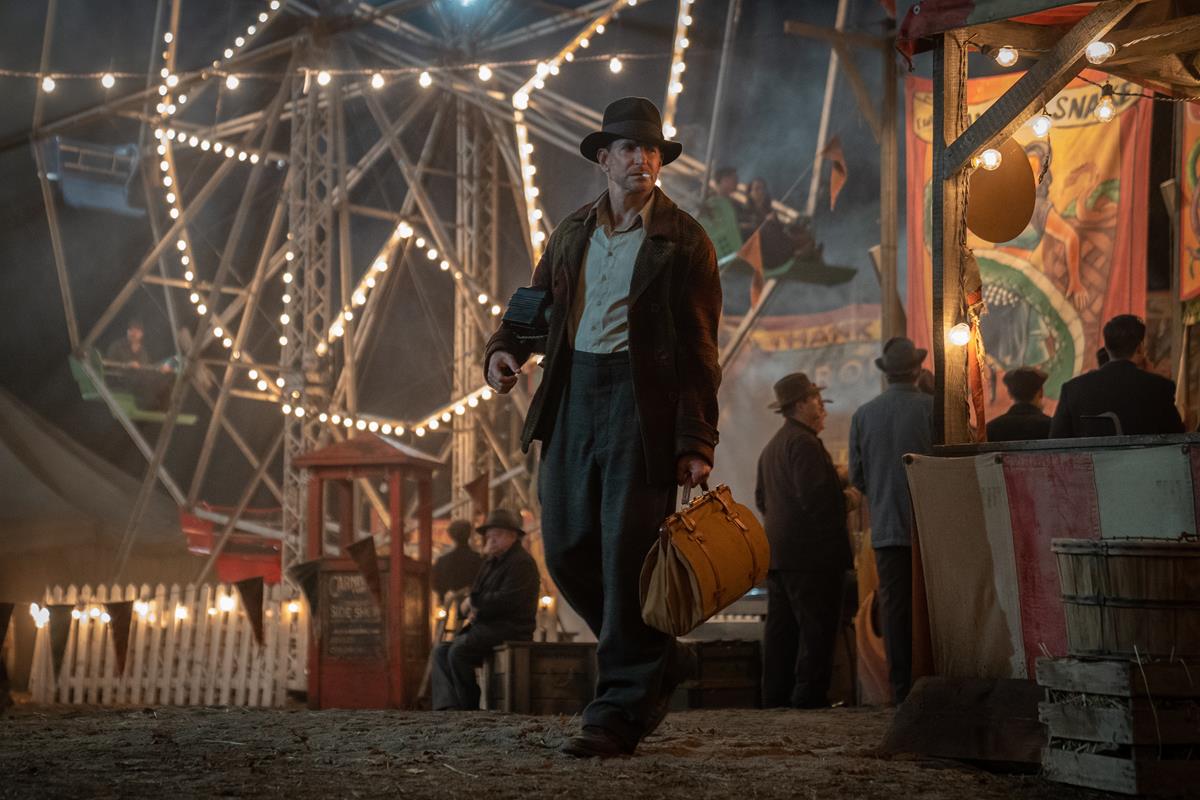
The director had his pick of projects after 2017’s Oscar-winning monster romance Shape of Water, and indeed is often drawn to gothic horror like Pan’s Labyrinth or Crimson Peak. Here the opportunity to take on the noir genre complete with a glamorously icy femme fatale and characters with fateful pasts proved irresistible.
“It’s very adult, no pyrotechnics, no big action. It’s a very intimate, almost like a character portrait,” del Toro said. “I believe that there is a beautiful place for a new resurgence of noir, because it is the most cinematic, lush, glorious genre. And other than horror, it has been my love all my life, both in the novels and in the filming genre.”
The film’s lavish, stylized look is partly the result of the director and DP’s similar philosophies on lighting, camera movement, and how a movie should look and feel.
“We have the same opinions about deep shadows, one single source lighting, and moving the camera,” Lausten told Film School Rejects. “Don’t be afraid of the darkness.”
They referenced several landscape paintings (including by painters like Vilhelm Hammershoi and Andrew Wyeth) as well as the original concept drawings to pinpoint ideas. After test they scrapped the original idea of shooting in 4:3 aspect ratio in favor of widescreen.
READ MORE: Cinematographer Dan Laustsen Explains the Murky Noir Aesthetic of ‘Nightmare Alley’ (Film School Rejects)
Del Toro tells A.frame, “We wanted to have the characters live in the shadows so Bradley Cooper is often completely immersed in a bucket of shadows and you don’t see his face.”
They also decided to lower the ceilings on certain sets to create classically composed images where “the camera is always roaming like a curious child.”
An early discussion was whether to film it in black and white, as Joel Coen and Bruno Delbonnel have done with their noir-infused version of Macbeth.
“We don’t want to make a black-and-white movie, we want to make a powerful color movie,” the DP told Slashfilm. “I’ve never seen the black and white version. So for me, when I’m working with Guillermo, for example, I’m coming into the project clean. I don’t want to see this is as a remake of something.”
He shot large format on an ARRI Alexa 65 for scale, supplemented by an Alexa mini. “Landscapes have to be wide, wide, wide. The carnival has to be huge. When we did Cate’s office, we made it bigger and bigger.”
For Blanchett’s character Lausten wanted to light her face and nothing else in old-fashioned nineteen-forties style. “We have this single source, a kind of follow spot on her that was moving together with the camera. When she’s in the Copacabana, standing there with a gun, the revolver, the light on her with the shadows on the front head, it’s stuff like that I really like.”
READ MORE: Nightmare Alley Cinematographer Dan Laustsen On Shooting Blood, Smoke & Mirrors (Slashfilm)
Lighting was also used to divide the story worlds of the carnival and Buffalo. “The carnival, for example, should be a much softer light compared to when we’re coming into the Buffalo world, where Lilith looks more like a very powerful diva queen,” Lausten tells A.frame. “All the light on her is very specific. Of course, it’s a little tricky to do that because, if she or the camera is not hitting exactly the marks, it doesn’t work. It’s a very technical but powerful way to work.”
READ MORE: How ‘Nightmare Alley’ Cinematographer Dan Laustsen Paints With Light (A.frame)
By all accounts, del Toro is meticulous in planning from production design to shot design with the director not shooting conventional master, medium, and close-up but with specific shots which he is going to use in the edit.
Production designer Tamara Deverell says del Toro wasn’t “particularly trying to be film noir” but did lean into art deco. “We tried to be historically accurate, but I was also looking at modern versions of art deco,” she told The Hollywood Reporter.
“There’s a hotel in Hong Kong that I use as a direct reference for Grendel’s office — the rich mogul in the movie,” she said. “I looked at a lot of Fritz Lang’s I and a lot of older films through the 30s and 40s had that the deco look to them.”
And while Deverell acknowledges that the film was working mostly in human monster metaphors, she says they did manage to get in a few creepy carnival elements.
“For the human monstrosity, we tried to be very real,” she says. “For a Guillermo del Toro movie, it was not really monster-based, but we did do some of the pickle punks and the geek pit. But really the monster really is the human, ultimately, thematically.”
READ MORE: How the ‘Nightmare Alley’ Team Explored Human Monstrosity With Guillermo del Toro’s Carnival Noir (The Hollywood Reporter)
Want more? Speaking to Fellows at the AFI Conservatory, del Toro discussed the making of Nightmare Alley, including master shots, cinematic influences, and the importance of learning from others:
Or watch the video montage The Colors of Guillermo del Toro, presented by Little White Lies and edited by Luís Azevedo, which showcases the rich hues and monochromes the director uses throughout his films:
In this conversation with Dolby Cinema, Guillermo del Toro calls Nightmare Alley a theater of the mind, describing the clarity and immersiveness of Dolby Vision and how the audio audiences hear in the theater will impact how they experience the film:
Take a peek behind the carnival curtain with Guillermo del Toro and his producing team, cinematographer, production designer, and costume designer. In this video from the “Scene at the Academy” series, the Nightmare Alley filmmakers lift the carnival curtain on the process of creating the unique worlds in the film.
In an interview with Collider, cinematographer Dan Lausten answers questions about how Nightmare Alley was made and how he works with del Toro. During the interview, Lausten shares stories and discusses topics such as what it was like shooting the third act first, how they decided on camera placement, why they opted to use the ARRI Alexa 65, and so much more.
Lausten also discusses the color and lighting choices made not just for the film in general, but specifically for the lighting used on Bradley Cooper. He also covers the prep work that went into the film, and what his reaction was when del Toro told him that some of the best shots wouldn’t make the final cut. Watch the full 40-minute conversation in the video below:


